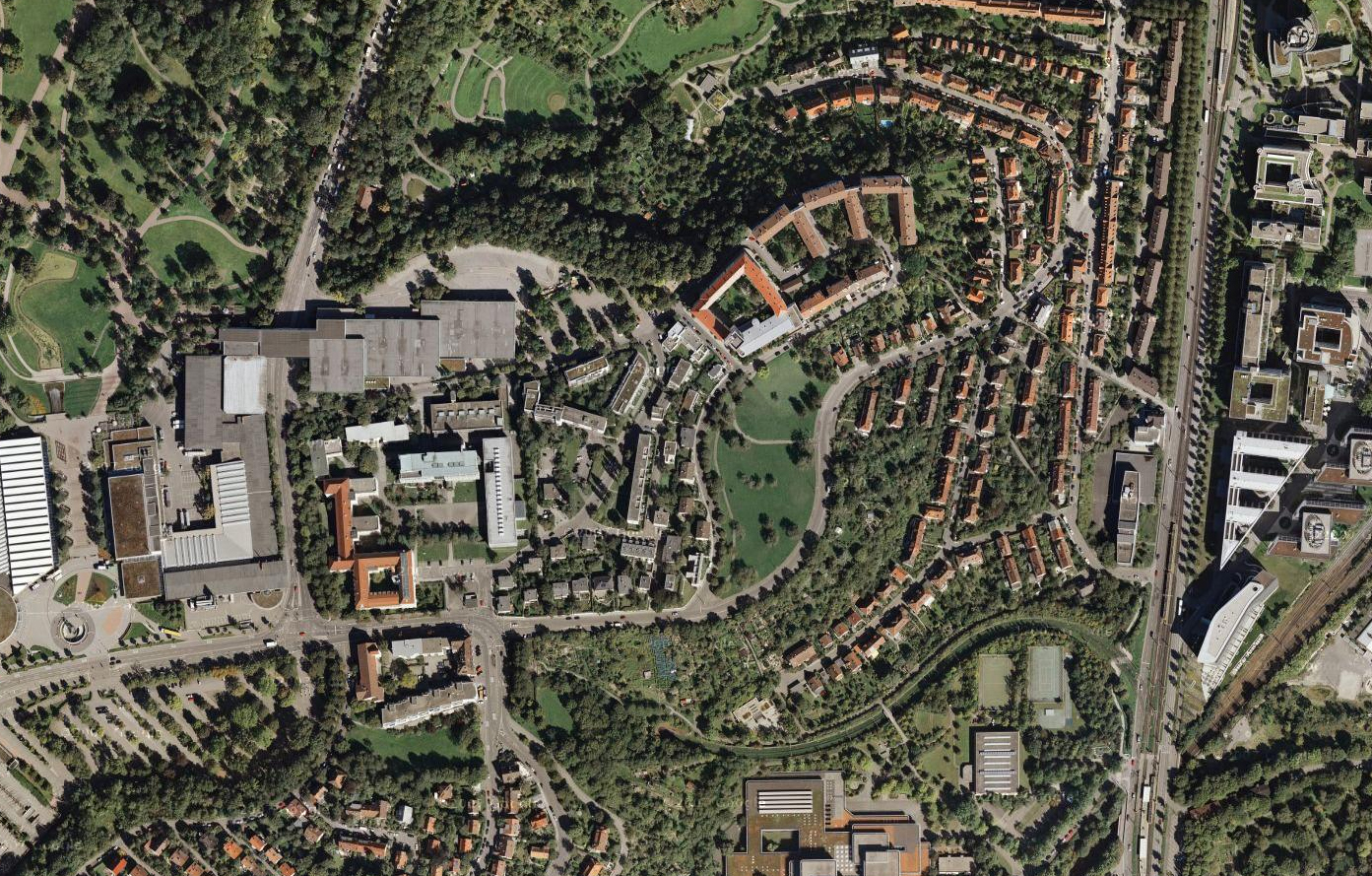L 30 |
J.J.P. Oud – Weissenhofsiedlung Row Housing |
type |
|
place |
|
date |
The Dutch architect designed several row house estates in the 1920s and 30s. The Mathenesse ensemble is one of his earliest projects, responding to the burning housing issues of the period. As a result, this development contains more than 1,000 small-size apartments built for workers in Rotterdam on a triangular site wedged between streets and canals. The site is taken up by rows of buildings parallel with the confining lines. Being an introverted development, it contains areas for communal use in its depths. Intermediate areas and gardens feature fairly differentiated uses, much in the same way as the hermitage in Majk. Rows of buildings rotated toward each other surround vegetable gardens, while there is a sequence of spaces for communal uses in the centre of the development. The development impresses us as a small autonomous village with smoothly-rendered dwelling units and integrated businesses. This is reflected in its name, “wittedorp”, meaning “white village”. Small apartments correspond to compact floor plans. Simple materials and traditional forms integrated in the design also feature the clear palette of de Stijl in some details, such as the doors and windows.









